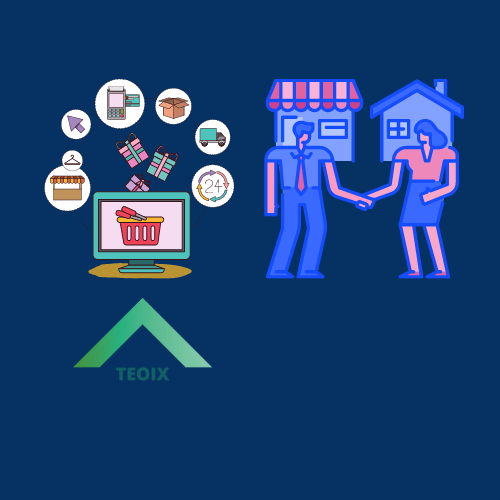Exploring the Rise of Direct-to-Consumer (D2C) E-commerce
BLOGS
5/11/20242 min read


The emergence of Direct-to-Consumer (D2C) e-commerce has driven a substantial upheaval in the retail sector in recent years. This business model, which involves producers selling their goods directly to clients online, has proven to be revolutionary, upending preconceived notions about traditional retail and changing how companies interact with their clientele.
The democratization of technology is one of the main forces behind the rise in direct-to-consumer e-commerce. Entry barriers have greatly decreased as a result of the increasing usage of smartphones, internet connectivity, and user-friendly e-commerce platforms. As a result, brands of all sizes can now communicate with customers directly, cutting out the middlemen like wholesalers and merchants.
Direct-to-consumer (D2C) firms can build stronger relationships with their customers by cutting out middlemen. Because of their close relationship, they are able to obtain useful information and insights that help them develop more specialized marketing plans and product lines. D2C brands have the opportunity to meaningfully engage with their audience through digital channels such as email marketing, social media, and others, which can lead to brand advocacy and loyalty.
Additionally, D2C e-commerce gives you more control over every aspect of the consumer experience, including post-purchase assistance and product design. Brands may establish consistency in messaging, pricing, and quality by taking complete control of the process. This helps them gain the confidence and trust of customers.
The D2C model's adaptability and agility are further benefits. Brands are free to experiment with new items, iterate swiftly, and react quickly to shifting market trends without being constrained by traditional retail channels. Fast-moving businesses like fashion, technology, and consumer products benefit greatly from this agility.
D2C e-commerce has also made entrepreneurship more accessible by allowing would-be entrepreneurs to start their businesses for relatively little money. Shopify, BigCommerce, and WooCommerce are just a few of the platforms that offer the infrastructure and resources required to swiftly and cheaply establish an online store. As a result, niche brands that serve certain markets and underrepresented demographics have proliferated.
The D2C model is not without its difficulties, though. In the highly competitive e-commerce industry, it takes a strong value offer, creative marketing techniques, and a thorough grasp of customer preferences to stand out from the crowd. In order to provide a flawless shopping experience, firms also need to handle logistical challenges including inventory management, shipping logistics, and customer service.
Finally, it can be said that Direct-to-Consumer (D2C) e-commerce is a paradigm change in the retail industry, giving firms the ability to interact directly with customers, spur innovation, and adjust to shifting market conditions. D2C brands are well-positioned to prosper in an increasingly digital world as long as technology and consumer behavior continue to change.


